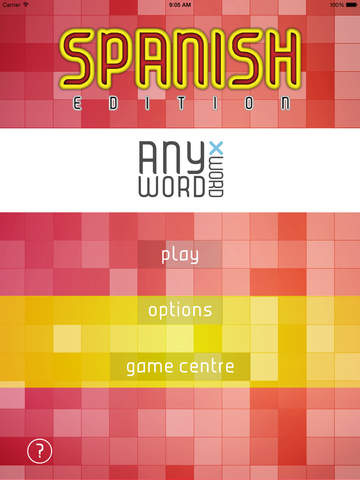The DfE MFL POS asks teachers and schools to set as one of their aims that children learning a language can :
Can write at varying length and for different purposes and audiences,using grammatical structures they have learnt
As a practitioner it is a joy to look at these examples of target language writing.The joy is in the primary approach to target language writing and the fact that all the children are contributing to the writing.As an education consultant it is a marvelous way to reflect on what real teachers in real classrooms across a range of primary schools are achieving with their young learners.(I am preparing for a CPD session with primary language coordinators to look at how we ensure progress across four skills and so this blog post is also a way of creating a visual record of what this progress looks like. We will be sharing,discussing and assessing such examples at the CPD .You can find out more here if you are interested in attending Ensuring Primary Progress 19 March 2015- it's part of the DFE WTSA/JLN project Language Learning for Everyone).
Within our network we have been considering for the last two years how to assess the progress of the skills of our young language learners to try and offer secondary education something tangible as data on entry in to Year 7.We are linking our skill descriptors to the CEF (Common European Framework).You may want to consider the descriptors for Writing here as you look at the real examples I am sharing below.I think that the examples give us evidence that demonstrates progression towards and in several instances into B1 in Y6 after 4 years of language learning.(From the examples I am shown teachers are able to achieve A2 with most children by Y6)
Writing (CEF)
A1: I can write a short simple postcard for example sending holiday greetings, gill in a form with personal details.....
A2:I can write a short simple notes and messages....I can write a very simple personal letter.....
B1: I can write simple connected text on topics which are familiar or of personal interest.I can write personal letters describing experiences and impressions
As we are also working with the DFE KS2 POS learning objectives I have mentioned the appropriate learning objective too that the children have been exploring ,whilst producing their written work.
Super heroes!
In Year 3 the children create display with personal information about themselves. The children are supported with a template that means they are adding information to a formular:
and as the children move in to Year 4 we now have evidence that at the start of Year 4, the children can "write phrases from memory" (DFE POS LO)
Making guessing games
In Year 3 children who have been learning a language for five months are now beginning to write phrases and independently in the target language. The children here have made a guessing game- to see if you can find the three animals mixed in to one animal. they have been practising using the question "Qu'est-ce que c'est?" in French.They have been "linking spelling and sound" (DFE POS LO) of a challenging phrase to write down.
Giving opinions and agreeing adjectives
With the children who are moving on in their target language learning and have been progressing through a learning programme based on or loosely following our JLN SOW, we have evidence of children who can "understand basic grammar appropriate to the language being studied" (DFE POS LO).In this short piece written as display work to celebrate children's work last half term on fruits and opinions ,w e can see accurate adjectival agreement and the use of a negative first person singular present tense verb.This is a very accurate example but all the pieces I saw demonstrated children working toward a good understanding of the change in spelling of adjectives and the position of adjectives with nouns in French.
Writing using reference materials
Primary colleagues are keen to use bilingual dictionaries and reference materials with their classes and are trying to introduce the use of these from Y3 onwards. Here is an example of how one child in Year 6 has been adding "uplevelling" in Spanish what he writes so that it is a truthful description of himself.Notice the three phrases he has found an wants to add at the top of his piece of writing.....He is trying to "broaden...vocabulary and develop ability to understand new words ....including through using a dictionary" (DFE POS LO)
Alice in Wonderland and three levels of writing in Year 6!
I recently wrote a blog post about Alice in Wonderland and one of my colleagues tried out the writing activities in the blog with her advanced learners - a Year 6 Spanish class.She sent me lots of examples of work and I have selected three to share.They demonstrate the natural curve we might expect in these learners- one piece working at A1 , one piece a secure A2 and one child potentially on the cusp/one piece entering into B1 on the CEF. What is wonderful is that all the children are writing in the target language and being creative too! They are all engaged in "describing people,places,things and actions" (DFE POs LO)









.JPG)













